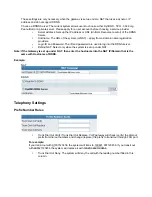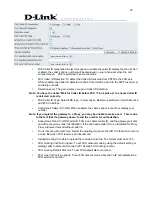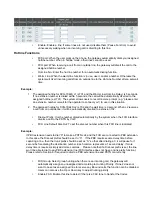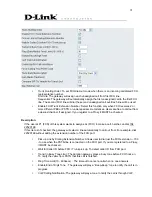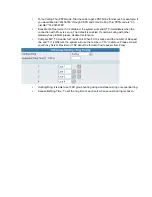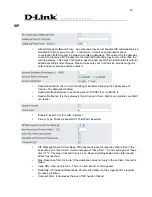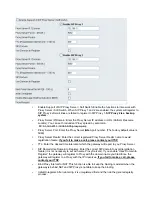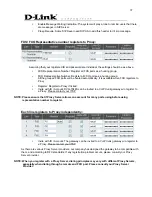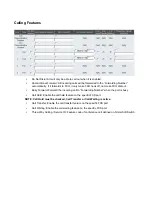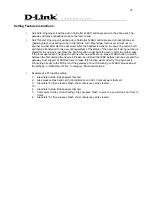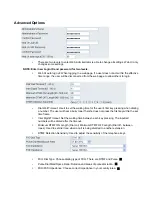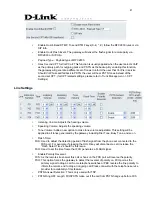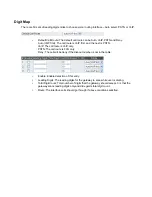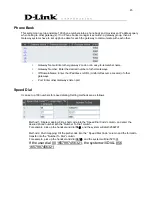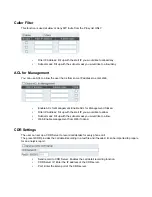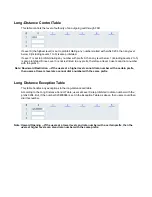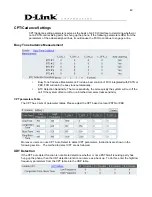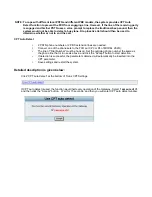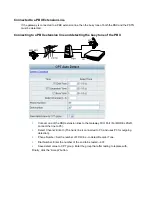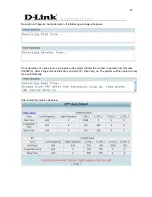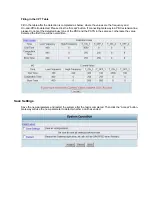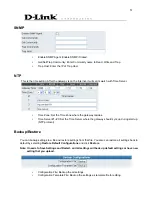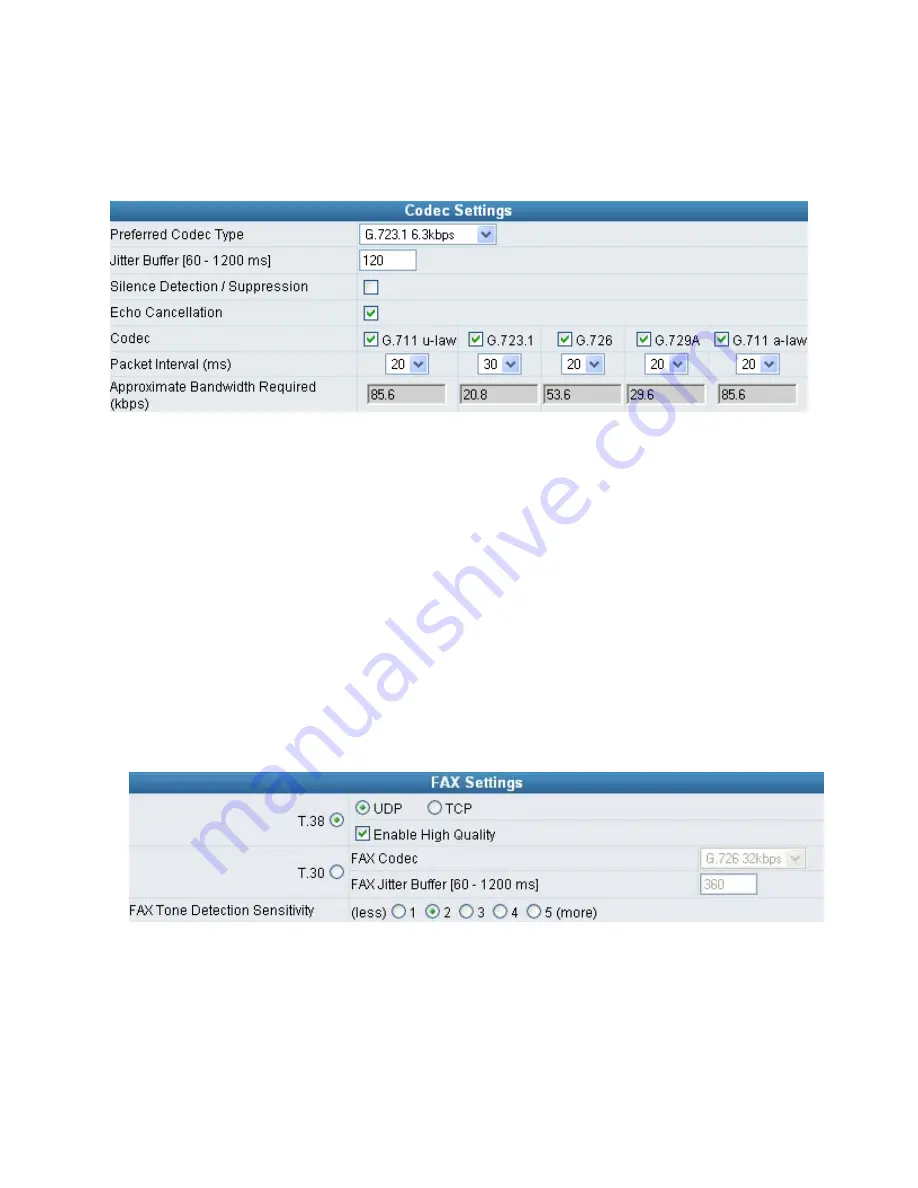
answer the call.
※
Codec
Preferred Codec Type: Since different voice codec have different compression ratios, so
the sound quality and occupied bandwidths are also different. It is recommended to use the
default provided (G.723.1) because it occupies less bandwidth and will provide better sound
quality.
Jitter Buffer: Adjusts the jitter to receive a packet. If the jitter range is too wide, it will delay
voice transmission.
Silence Suppression: If one side of a connection is not speaking, the system will stop
sending voice data (package) to decrease bandwidth usage.
Echo Canceling: Prevents poor telecommunication quality caused by echo interference.
Codec: Choose the codec that you needs.
Packet Time: Defines how long the gateway sends a RTP packet-voice packet- to the other
side. The smaller the value, the more bandwidth usage. The larger the value, the more
voice delay.
Approximate Bandwidth Require: The bandwidth required varies with Codec format and
packet time.
Fax Settings
T.38: The T.38 protocol is used for better and faster facsimile transmission. When this
function is enabled, the following fax and voice parameter settings will be disabled, so it is
recommended to enable this function to gain better fax quality. When this function is
enabled, please select UDP, TCP, or AUTO. If selecting TCP and some routers cannot use
the Fax function, please select UDP instead.
Enable High Quality: The system sends the same FAX frame twice to get a high quality of
the FAX. It requires more bandwidth.
Summary of Contents for DVG-7044S
Page 1: ...1 DVG 7044S VOIP Gateway User Manual Version 1 0 ...
Page 2: ......
Page 24: ......
Page 29: ...27 DDNS ...
Page 36: ......

